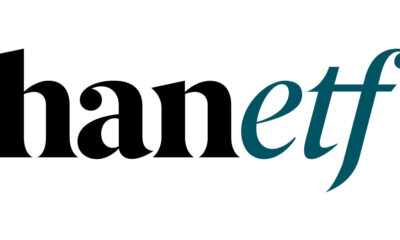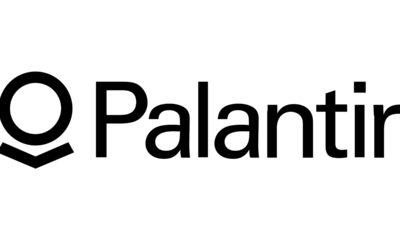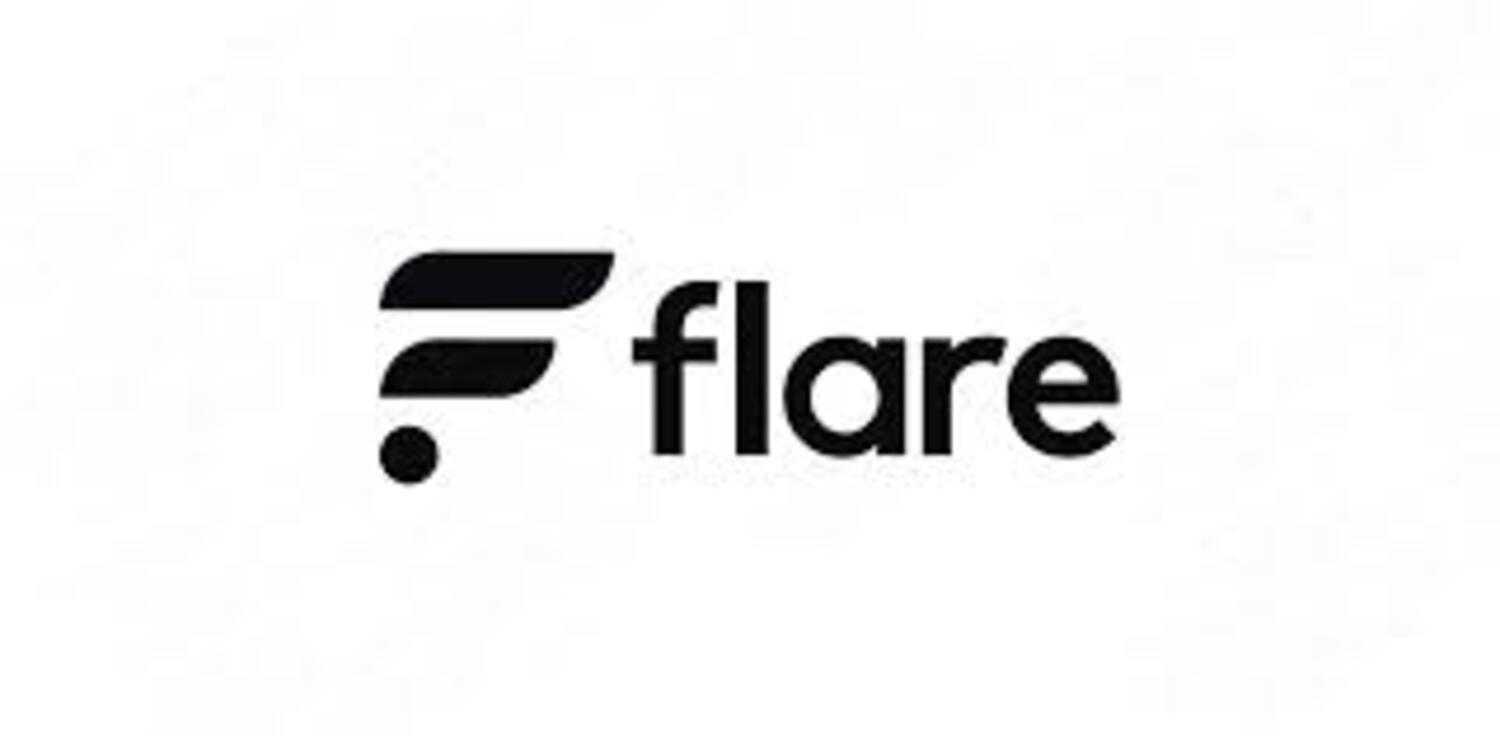Varför investera i listade realtillgångar såsom REITs och Infrastruktur
- Vad är realtillgångar
- Vårt sätt att förvalta realtillgångar
- Hur ser vårt erbjudande
- Var kan man hitta våra fonder?
United Bankers
- Grundad 1986 i Helsingfors
- En oberoende fondkommissionär och kapitalförvaltare listad på Nasdaq OMX First North
- Anställda: ca. 100 (8/2015)
- Välskött företag med en stark balans och kapitalbas
- Kapital under förvaltning: ca. € 1,5 miljarder (6/2015)
- UB Real Asset Management Ab (UB Real Assets / UBRA) är ett dotterbolag till UB Gruppen
- UB Real Assets förvaltar ca. € 300 miljoner varav ca. 95 % är från institutionella placerare
Varför investera i realtillgångar ?
Vad är realtillgångar?
- Realtillgångar definieras som tillgångar vars pris inte sjunker om inflationen stiger (penningvärdet sjunker)
- Realtillgångar är t.ex infrastrukturtillgångar såsom vägar och hamnar, fastigheter, jord – och skogsmark och råvaror såsom t ex ädel metaller
- Exponering mot realtillgångar skapas genom;
- Direkt ägande i, fastigheter, land, skogsmark och t.ex råvaror såsom ädelmetaller
- Värdepapper såsom REITs, börslistade infrabolag, fastighetsaktier och Råvaru –ETF mm
- Fördelar med att äga realtillgångar genom värdepapper;
- Likviditet
- Begränsad kapitalinsats
- Ger oftast ett kassaflöde
Är det köpläge för realtillgångar nu ?
- Räntorna har sjunkit stadigt de senaste 20 åren till nära noll – negativa räntor i vissa länder och på vissa löptiderVårt sätt att förvalta realtillgångar ?
Vad kännetecknar vår förvaltning - Vi förvaltar fonder inom alternativa tillgångar såsom infrastruktur, fastigheter och skog;
- Innovativa produkter som möter efterfrågan från institutionellt kapital och privat kunder
- Skicklighet att skapa produkter med hög riskjusterad avkastning över konjuktur cykler
- Aktiv förvaltning med fokus på diversifiering och likviditet utan benchmarks
- Långt track reckord – över 10 år
- Prisbelönt förvaltare
Kärnvärderingar i vår aktiva förvaltningsmodell?
- Vi arbetar med en fundamental viktning av portföljerna;
- Viktning efter marknadsvärde är inte en effektiv portfölj
- Lika-viktning principen ger oss diversifiering
- Det ger oss en tilt mot ”Mid- small” Cap bolag i portföljerna
- Hög risk är ingen garanti för hög avkastning;
- Vi söker bolag som har en låg prisrörlighet i aktiekursen
- Vi väljer aktier först i slutet av vår förvaltningsprocess från en lista av kvalificerade aktier
- Denna lista tas fram med hjälp av matematiska, kvantitativa nyckeltal
- Fokus på olika teman;
Vårt sätt att placera i infrastruktur
Monopolistiska infrastrukturbolag
Vår definition på infrastruktur
- Monopolistiska infrastruktur- sektorer:
- Distribution och produktion av el
- Distribution av gas
- Distribution av vatten
- Flygplatser
- Hamnar
- Vägtullsbolag
Vad kännetecknar våra infrastrukturfonder
- UB Infra och UB EM Infras innehav kännetecknas;
- underliggande tillgångar har en lång ”livslängd”, hög uppstartskostnad och höga inträdesbarriärer
- infrastruktur är lokal (svårt att flytta t.ex. en väg) med begränsad konkurrens
- den reglerade delen av marknaden är inflationsskyddad ( kan höja priserna i takt med inflation)
- politisk risk
- Infrastrukturaktier handlas dagligen på börsen och de bolag vi investerar i har en lägre risk än genomsnittsföretaget i den lokala aktiemarknaden
- Diversifiering sker genom;
- Geografiskt, regioner, länder och infrastruktursektorer spridning
- Vår förvaltningsmodell med fundamental viktning
- Ingen hedge av valutarisken i UB EM Infra (tro på att de underliggande valutorna skall stärkas på sikt), medan UB Infra hedgas valutan 50%-100%UB Infrastrukturfonder avkastning (per 31/8 – 2015)
Vårt sätt att placera i fastigheter – REITs
Vad är en REIT?
Real Estate Investment Trust (REIT) –lagstiftning finns i över 30 länder. Fastigheter som ägs av REITs har vi överallt runtomkring oss.
REITs äger t.ex. shopping centers, kontorsfastigheter, bostäder, sjukhus, industri- och logistikfastigheter och många andra typer av fastigheter i våra dagliga liv. REITs är ett enkelt sätt att placera i och äga fastigheter och också på samma gång den bäst avkastande formen av fastighetsinvesteringar.
Vad är en REIT och varför placera via en finländsk aktiefond?
- REITs är listade aktiebolag – helt enkelt fastighetsportföljer som handlas på börsen
- En REIT är befriad från bolagsskatt via REIT lagstiftningen i respektive land. För att vara befriad från bolagsskatt måste en REIT betala ut nästan hela hyresintäkten (80-90%) till aktieägarna via utdelningar.
- Detta gör att utdelningen utgör en viktig del av avkastningen på en REIT.
- Det finns många olika typer av REIT i många olika marknader
- En finländsk fond är skatteneutral och fonden får skatteåterbäring av internationella utdelningsskatter. I genomsnitt ger det fonden ca 40-50 bp tillbaka till fondandelsägarna per år.
REITs avkastar t.o.m. bättre än aktierna!
REITs och aktier / totalavkastning mot prisindex.
Värderingar av REIT och listade fastighetsaktier per land
Source: UB Real Assets, as of 31st of August 2015
Hur vi skiljer oss från den passive indexförvaltaren
Vi har inga jämförelseindex = Fundamental Indexing
Varför har man inte pratat så mycket om REITs förut?
S&P Dow Jones Indices och MSCI kommer att ha fastigheter som en separat tillgångsklass i deras olika index med start i augusti 2016.
The change in their Global Industry Classification Standard (GICS) structure, scheduled for 2016, will see real estate elevated from its current Financials Sector classification.
The Real Estate Investment Trusts Industry will be renamed Equity Real Estate Investment Trusts (REITs)
Våra fonder och var hittar du dem !
- Nordnet.
- Premiepensionsmyndigheten.
- Avanza
- Vi finns på även på institutionella plattformar såsom MFEX.
Vad ska ni ta med er från denna presentation?
- Realtillgångar ska vara en del av en din portfölj (15-20%);
- inflationsskydd
- diversifiering;
- ny tillgångsklass
- Geografisk diversifiering om man redan har t ex en nordisk fastighetsportfölj
- utdelningar /kassaflöde
- Investeringar i infrastruktur kommer inte att avta utan snarare öka vilket kommer att gynna bolag som agerar på denna marknad
- REITs ger;
- Generellt är värderingarna på REITs inte utmanande, dock tänk på valet mellan aktiv och passiv förvaltad fond.
- Ny klassficiering av index regler för fastighetssektorn from mitten av 2016, kommer att ge ett ökat fokus på REITs och listade fastighetsaktier.
Important Information
UB Asset Management Ltd, the UB group or UB Real Asset Management Ltd (hereinafter referred to as UB) has made every effort to carefully research all information in this presentation. The information, on which the conclusions and other information such as e.g. market data, are based on has been obtained from sources which UB believes to be reliable such as, for example, Thomson Reuters, Bloomberg, Macrobond and the relevant specialized press as well as the relevant companies which are potential investments for UB’s investment portfolios. Opinions expressed in this financial analysis are UB’s current opinions as of the issuing date indicated on this presentation. This material does not claim completeness regarding all the information on the financial instruments or markets or developments referred to in it.
General information
This material is intended as general information to the recipient and nothing contained in this presentation constitutes investment advice, nor is it to be relied on in an investment decision. On no account should the document be regarded as a substitute for the recipient procuring information for himself/herself or exercising his/her own judgments. It is recommended to discuss possible investment decisions with your customer service officer as differing views and opinions may exist with regard to the mutual funds, stocks or other financial instruments referred to in this document. This document is not a solicitation or an offer to buy or sell the mentioned instruments or investment alternatives.
The document may include certain descriptions, statements, estimates, and conclusions underlining potential market and company development. These reflect assumptions, which may turn out to be incorrect. UB and/or its employees accept no liability whatsoever for any direct or consequential loss or damages of any kind arising out of the use of this document or any part of its content. UB and/or its employees may hold, buy or sell positions in any securities mentioned in this document, derivatives thereon or related financial products. UB and/or its employees may underwrite issues for any securities mentioned in this document, derivatives thereon or related financial products or seek to perform capital market or underwriting services.
This material is intended only for the recipients
This material is intended only for the recipients and is not allowed to be redistributed without written permission from UB. The UB funds mentioned in this presentation are managed by UB Fund Management Company Ltd. Key investor information documents (KIIDs) and fund prospectuses and relevant material can be obtained from UB Fund Management Company Ltd in Finnish and in Swedish. Historical performance is not a guarantee of future returns and can not be used to predict future risk or return characteristics of any fund or portfolio mentioned in this presentation.
Remarks regarding foreign investors: The preparation of this document is subject to regulation by Finnish law. The distribution of this document in other jurisdictions may be restricted by law, and persons into whose possession this document comes should inform themselves about, and observe, any such restrictions. This presentation is not allowed to be distributed in the United States of America.
UB Asset Management
Nils Schalin

 Nyheter4 veckor sedan
Nyheter4 veckor sedan
 Nyheter4 veckor sedan
Nyheter4 veckor sedan
 Nyheter3 veckor sedan
Nyheter3 veckor sedan
 Nyheter4 veckor sedan
Nyheter4 veckor sedan
 Nyheter4 veckor sedan
Nyheter4 veckor sedan
 Nyheter4 veckor sedan
Nyheter4 veckor sedan
 Nyheter2 veckor sedan
Nyheter2 veckor sedan
 Nyheter3 veckor sedan
Nyheter3 veckor sedan


























